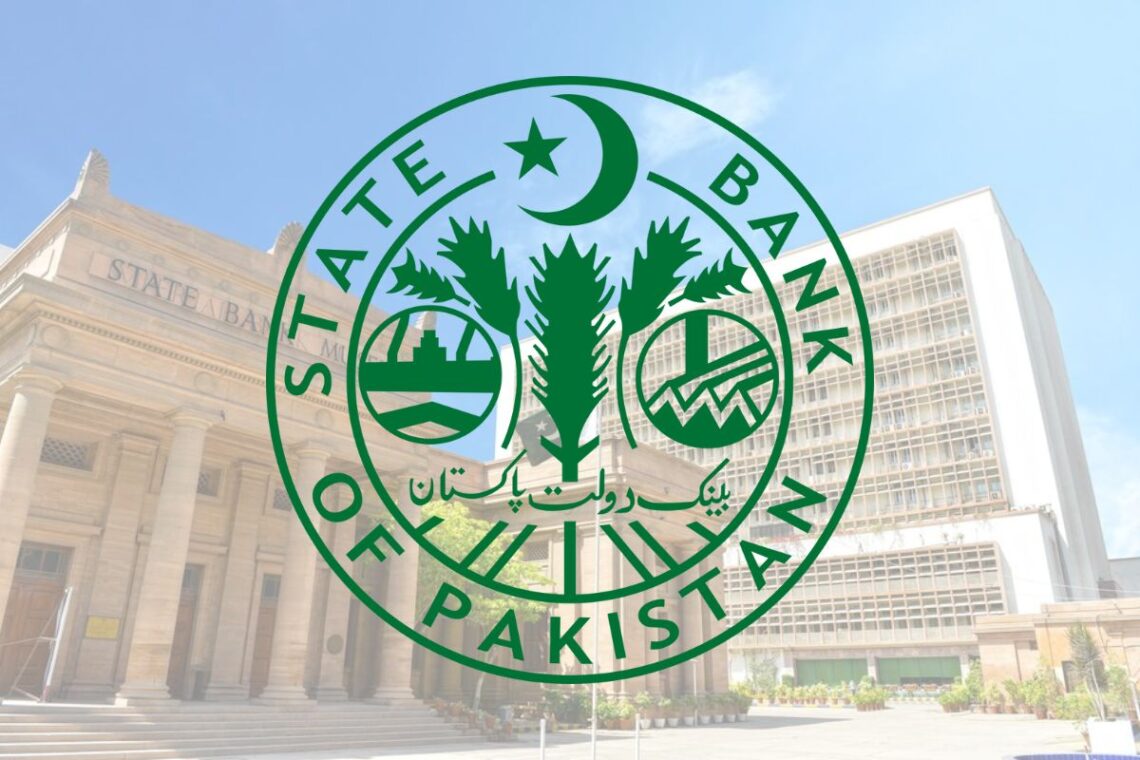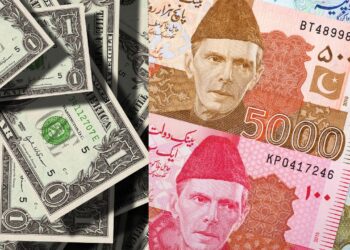Pakistan’s economy is slowly getting back on track, according to the State Bank of Pakistan’s (SBP) latest Half-Year Report for FY25. The report, released today, highlights improvements in key areas like inflation, trade, and government finances, though challenges remain in agriculture and industrial growth.
Inflation Drops Sharply, Interest Rates Cut
Good news for households: price hikes have slowed down significantly. Inflation fell to just 0.7% in March 2025—the lowest in decades. This drop comes from a mix of factors, including tighter monetary policy, controlled government spending, and stable global fuel and food prices.
Because inflation cooled faster than expected, the SBP cut interest rates by 10% between June 2024 and February 2025. Lower borrowing costs have encouraged businesses to take more loans, boosting private-sector activity.
Trade Improves, Foreign Reserves Grow
Pakistan’s trade balance turned positive in the first half of FY25, thanks to higher exports and remittances from overseas workers. Even though imports rose, the growth in money coming in helped the country achieve a current account surplus.
The report also notes that the IMF’s loan program and better foreign investor confidence have strengthened Pakistan’s foreign exchange reserves, giving the economy more breathing room.
Agriculture and Industry Still Struggling
Not all sectors are recovering yet. Farm output dropped due to bad weather, fewer crops being planted, and delays in government support for farmers. Major crops like cotton and rice saw lower yields, hurting rural incomes.
Industrial activity also shrank, though not as badly as last year. Small businesses and utilities did better, but large factories, construction, and mining dragged growth down. On the brighter side, the services sector—which includes banking, telecom, and transport—performed slightly better than last year.
Long-Term Challenges: Productivity and Competitiveness
The report includes a special section warning that Pakistan’s economy suffers from low productivity—meaning workers and businesses aren’t as efficient as in other countries. This has led to repeated cycles of growth followed by sudden slowdowns.
To fix this, the SBP suggests reforms in tax policies, energy supply, and business regulations to make industries more competitive. The report also points out risks like global trade disruptions, rising energy prices, and potential crop failures that could slow down recovery.
What’s Next?
The SBP expects inflation to stay between 5.5% to 7.5% for the rest of the year—much lower than the painful highs of previous years. The trade balance should remain stable, but growth is still predicted at just 2.5% to 3.5%, with risks if wheat harvests disappoint or new taxes hurt spending.
For now, the economy is moving in the right direction, but experts say deeper reforms are needed to ensure long-term stability.
For full details, read the SBP’s report here: https://www.sbp.org.pk/press/2025/Pr-28-Apr-2025.pdf
















